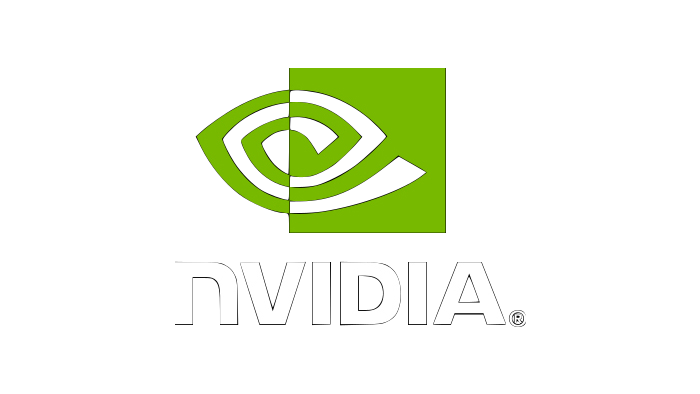Sim-to-Real Policy Transfer#
Deploying policies from simulation to real robots involves important nuances that must be addressed. This section provides a high-level guide for training policies that can be deployed on a real Unitree G1 robot. The key challenge is that not all observations available in simulation can be directly measured by real robot sensors. This means RL-trained policies cannot be directly deployed unless they use only sensor-available observations. For example, while real robot IMU sensors provide angular acceleration (which can be integrated to get angular velocity), they cannot directly measure linear velocity. Therefore, if a policy relies on base linear velocity during training, this information must be removed before real robot deployment.
Requirements#
We assume that policies from this workflow are first verified through sim-to-sim transfer before real robot deployment. Please see here for more information.
Overview#
This section demonstrates a sim-to-real workflow using teacher–student distillation for the Unitree G1 velocity-tracking task with the Newton backend.
The teacher–student distillation workflow consists of three stages:
Train a teacher policy with privileged observations that are not available in real-world sensors.
Distill a student policy that excludes privileged terms (e.g., root linear velocity) by behavior cloning from the teacher policy.
Fine-tune the student policy with RL using only real-sensor observations.
The teacher and student observation groups are implemented in the velocity task configuration. See the following source for details:
Teacher observations:
PolicyCfg(ObsGroup)in velocity_env_cfg.pyStudent observations:
StudentPolicyCfg(ObsGroup)in velocity_env_cfg.py
1. Train the teacher policy#
Train the teacher policy for the G1 velocity task using the Newton backend. The task ID is Isaac-Velocity-Flat-G1-v1
./isaaclab.sh -p scripts/reinforcement_learning/rsl_rl/train.py --task=Isaac-Velocity-Flat-G1-v1 --num_envs=4096
The teacher policy includes privileged observations (e.g., root linear velocity) defined in PolicyCfg(ObsGroup).
2. Distill the student policy (remove privileged terms)#
During distillation, the student policy learns to mimic the teacher through behavior cloning by minimizing the mean squared error between their actions: \(loss = MSE(\pi(O_{teacher}), \pi(O_{student}))\).
The student policy only uses observations available from real sensors (see StudentPolicyCfg(ObsGroup)
in velocity_env_cfg.py).
Specifically: Root angular velocity and Projected gravity come from the IMU sensor, Joint positions and velocities come from joint encoders, and Actions are the joint torques applied by the controller.
Run the student distillation task Velocity-G1-Distillation-v1 using --load_run and --checkpoint to specify the teacher policy you want to distill from.
./isaaclab.sh -p scripts/reinforcement_learning/rsl_rl/train.py --task=Velocity-G1-Distillation-v1 --num_envs=4096 --load_run 2025-08-13_23-53-28 --checkpoint model_1499.pt
Note
Use the correct --load_run and --checkpoint to ensure you distill from the intended teacher policy.
3. Fine-tune the student policy with RL#
Fine-tune the distilled student policy using RL with the Velocity-G1-Student-Finetune-v1 task.
Use --load_run and --checkpoint to initialize from the distilled policy.
./isaaclab.sh -p scripts/reinforcement_learning/rsl_rl/train.py --task=Velocity-G1-Student-Finetune-v1 --num_envs=4096 --load_run 2025-08-20_16-06-52_distillation --checkpoint model_1499.pt
This starts from the distilled student policy and improves it further with RL training.
Note
Make sure --load_run and --checkpoint point to the correct initial policy (usually the latest checkpoint from the distillation step).
You can replay the student policy via:
./isaaclab.sh -p scripts/reinforcement_learning/rsl_rl/play.py --task=Velocity-G1-Student-Finetune-v1 --num_envs=32 --visualizer newton
This exports the policy as .pt and .onnx files in the run’s export directory, ready for real robot deployment.

